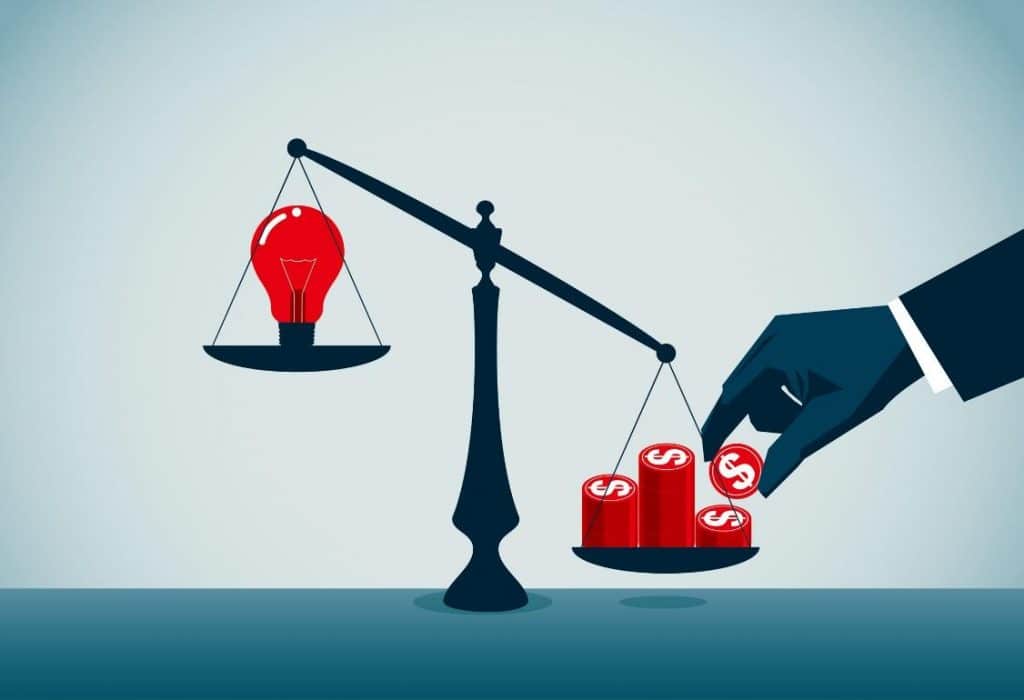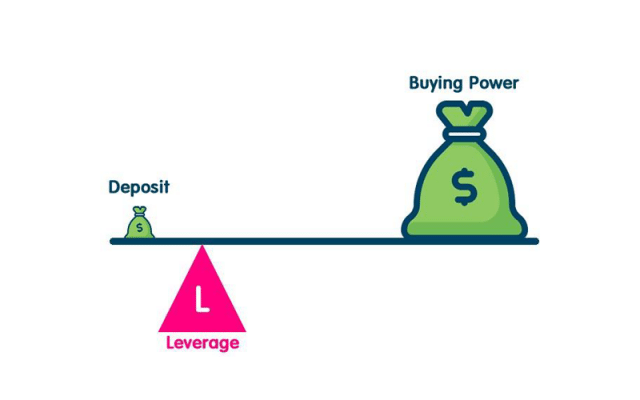One of the first things you’ll hear when you get exposed to trading is that ‘leverage is a double-edged sword.’ Granted, this is true because high leverage is usually one of the underlying reasons many investors blow their money in either one position or in a short space of time. Hence, this fact continues to be the ultimate Achilles heel, especially of a highly-leveraged market like forex. However, high leverage doesn’t intrinsically equate to high risk since overlooked misconceptions exist about this feature.
What leverage means in reality for forex traders

Every trader should understand the technical definition of what leverage is. However, on a deeper level, leverage has other connotations that link to a trader’s experience and skill. Experience-wise, less experienced traders shouldn’t open accounts with higher leverage since being appropriately competent with position sizing trading takes a while. Furthermore, due to the lack of know-how a new trader is susceptible to making a few human errors such as incorrect position sizing, resulting in excessive risk.
In contrast, a skilled and experienced trader understands another element of leverage, and that is margin. Most people tend to forget sometimes that your trading account is essentially a margin account, which means that you technically never need to keep anything beyond the amount you’re planning to risk on any given trade. What a trader has in their trading account is no indication of their total risk capital or even their net worth.
With this in mind, a professional knows they don’t need to keep all their trading or risk capital in their trading account. However, this premise is only possible in an account set with higher leverage where the trader knows how much they plan to risk per trade and how many trades roughly they’d be taking. For example, if a trader only had $1000 as the actual total risk capital, a lower-leveraged account requires them to perhaps have double or more of $1000. A higher leveraged account could allow them to only put down this figure.
Preventing unnecessary exposure with high leverage
We must also bear in mind exposure. The equity of any traders fluctuates constantly as they make deposits or withdrawals. In the latter, most profits tend to be withdrawn and rarely kept in the trading account for long. As the account reduces in equity, a higher leveraged account can ensure the trader keeps much of what they started with while removing the profits.
The other issues regarding exposure are slippage and position sizing. We should consider that despite only utilizing a specific portion or margin of an account, this doesn’t necessarily mean the account itself is immune from any market volatility. As most brokers don’t offer guaranteed stop losses, the rare case of slippage means that you can lose more than what you’d predetermined in your stop loss.
These funds would come directly from the unused portion of your trading account, even though no positions were open. This example is one of the undesirable exposure that you’d have with lower leverage. With higher leverage, a trader only keeps the funds needed to maintain the margin of their chosen trades, ensuring much less exposure.
The other issue concerns position sizing. Though the most risk-conscious traders understand the importance of appropriate position sizing, mistakes can still arise due to human error. Seeing that most trading platforms use one-click trading, there could be a time a trader uses a much higher position size than intended. With lower leverage, again, there still exists the risk of exposure. On a higher-leveraged account, the platform may probably reject the higher position size if there are fewer funds in the account to begin with.
Disadvantages of high leverage
Although the above stated is a protective measure, there are a few disadvantages. The first evident one is higher risk. Though, as we’ve established that traders using high leverage know they only keep a fraction of their risk capital and are proficient to do so, this risk is less.
Another drawback is purely from an accounting perspective. The records of a trader with higher leverage insisting on always keeping only the minimum margin may theoretically show large drawdowns because they haven’t held a large amount of money in their trading account.
For example, if a trader technically has $1000 risk capital but initially funds their account with $100 and loses $40 in a few trades, their drawdown would reflect as 40%. This figure, by acceptable risk standards, is not recommended, though it wouldn’t be any indication of the trader’s skill because they can still fund the difference. If they had funded the $1000 initially, the drawdown would have shown as 2%. In this scenario, however, there is always the risk of unnecessary exposure.
Conclusion
Most people are quick to automatically label high leverage as equalling to high risk, though from the points mentioned above, there is more to it than meets the eye. Any form of leverage, if not used consciously, is capable of diminishing a trader’s account. We have also mentioned that the accounting of a higher leveraged account can look disproportionate. Assuming a trader has fully grasped these concepts, there are a few other advantages of having a higher-leveraged account that are beneficial.




